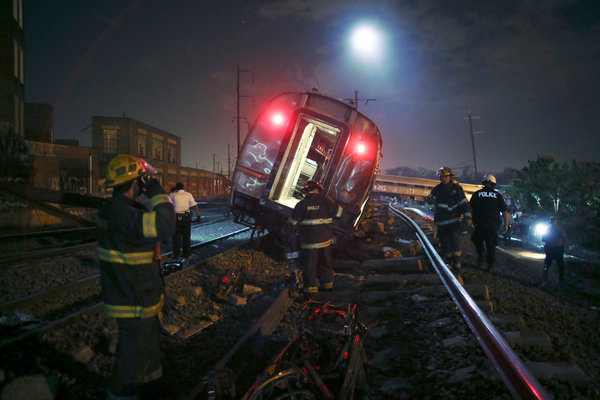Back injuries are one of the most frequent injuries sustained by railway workers. Your back consists of a mass of bones, muscles, tendons, and ligaments that make it possible for you to lift heavy objects and bend over. Back injuries, such as strains, sprains, fractures, and herniated discs, can be caused by stretching, lifting, and over-extending your spine. While they might not sound very serious, these injuries can be life-altering. The debilitation and excruciating pain that accompany these injuries often result in time away from work, multiple surgeries, hospitalizations, and long-term or permanent disability.
Is the rail company liable for my back injuries?
If you experienced a back injury related to your railroad job, the Virginia railroad injury attorneys at Shapiro, Washburn & Sharp can help. Call our offices today for a free consultation.
Railway Spine
At one time, certain back injuries were so prevalent among railway workers that the condition was referred to as railway spine. Although it may sound somewhat whimsical, the term is not a pleasant one. It evolved from a specific class of nervous manifestations and spinal symptoms following and thought to be peculiar to railroad collisions.
Medical literature describes the symptomology of railway spine as being characterized by back pain in the absence of any objective evidence of injury. It is the result of spinal cord inflammation, often caused by overuse, such as excessive stretching, bending, lifting, pushing, and pulling. As any railway employee can tell you, all of these movements are extremely common in their lines of work.
The American Association of Railroads has been studying railway worker’s back injuries for decades. Acknowledging that their job could cause back injuries, railway entrance-to-service physical exams for new employees began including back x-rays to serve as a baseline for their condition. Employee handbooks are rife with rules on how to properly bend, lift, and the correct way to move heavy objects. Nevertheless, back injuries are still a leading personal injury among workers.
Whether you are employed as a conductor, trackman, machinist, carman, or engineer, these jobs usually involve navigating uneven and unsteady surfaces, such as track ballast, as well as lifting, bending, and performing tasks that require them to work in awkward physical positions.
Common Back Injuries
The leading back injuries experienced by railroad workers are:
- Spinal cord damage: The consequences of a damaged spinal cord injury will vary based on the location and severity of the injury. The nerve bundles that connect to the arms and legs could be traumatized or severed, resulting in paraplegia or quadriplegia.
- Compression fractures: This injury occurs when bones are fractured due to compression. A compression fracture is a series of tiny cracks in the vertebrae that can cause the deformation or collapse of the spine.
- Soft-tissue damage: Soft tissue damage results in tears, sprains, and strains. These injuries affect joints, ligaments, tendons, and muscles.
- Disc problems: A slipped, herniated, or ruptured disc is extremely painful. These injuries can also lead to long-term health conditions, like sciatica.
Any of the above-listed injuries are capable of rendering someone permanently disabled and living with chronic pain. If the genesis of these conditions can be linked to your employment with the railroad, you may have grounds to file a claim for damages.
Speak With an Experienced Lawyer
The railroad back injury attorneys at Shapiro, Washburn & Sharp have been successfully litigating FELA claims for more than 40 years. If you sustained a serious back or spinal cord injury during your employment as a railroad worker, schedule a free consultation by calling our Virginia Beach-area law offices at (833) 997-1774.
